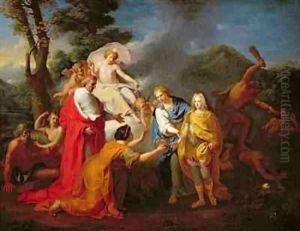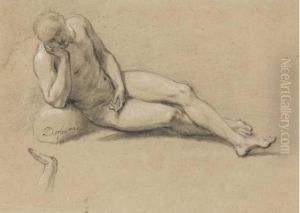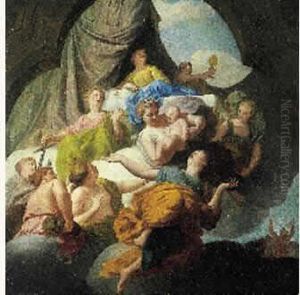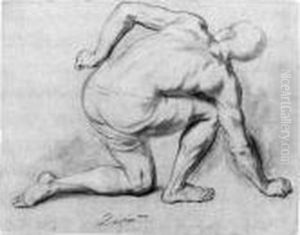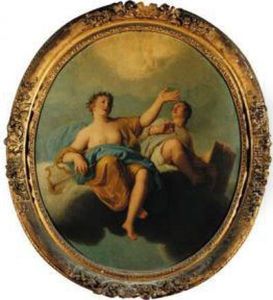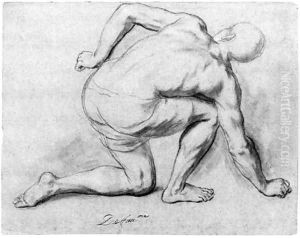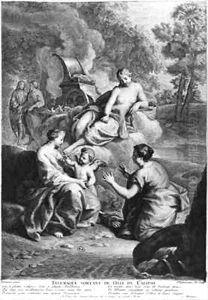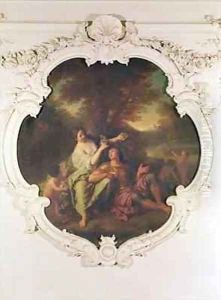Henri Antoine de Favanne Paintings
Henri Antoine de Favanne was a French painter whose career spanned the late 17th and early 18th centuries, a period marked by the opulence and grandeur of the Baroque style transitioning into the more delicate and ornate Rococo. Born in 1668, de Favanne came from a family with a strong artistic lineage; his father, Henri de Favanne, was also a painter, providing a fertile environment for his early training and development as an artist.
De Favanne's work is characterized by its meticulous attention to detail, vibrant color palette, and the elegant, often mythological themes that were popular among the aristocracy of his time. He was particularly renowned for his skill in creating grand historical and allegorical scenes, which were in high demand for the decoration of palaces and chateaus throughout France. His ability to imbue these scenes with a sense of drama and emotion, while maintaining a delicate balance between realism and idealization, set his work apart from that of his contemporaries.
Throughout his career, de Favanne received numerous commissions from the French royal family and high-ranking nobility, attesting to his reputation and the high regard in which his work was held. Despite the prestige of his commissions, details of his personal life and career are somewhat scant, overshadowed perhaps by the towering figures of his era like Louis XIV and the leading artists at the court of Versailles.
De Favanne's legacy is preserved in the collections of several major museums and galleries, where his paintings continue to be admired for their beauty and historical value. He passed away in 1752, leaving behind a body of work that reflects the transition between two of the most significant styles in French art history. His contributions to the field of painting not only exemplify the artistic trends of his time but also provide insight into the cultural and societal norms of early modern France.
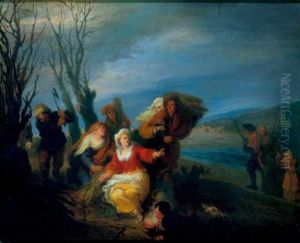
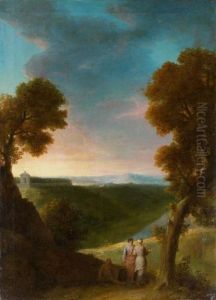
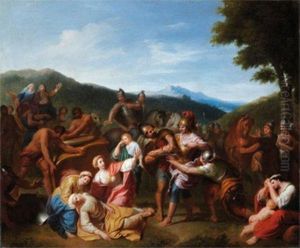
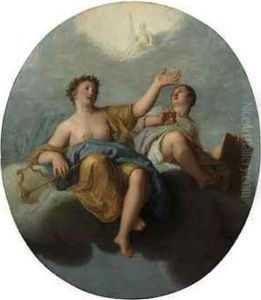
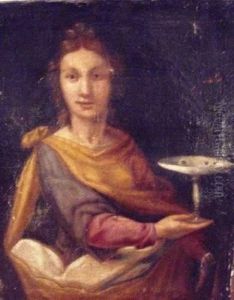
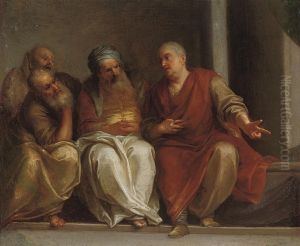
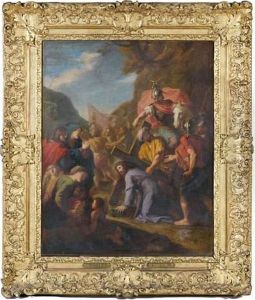
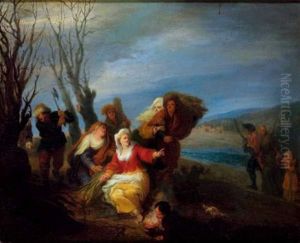
![Appartenant A Une Collection Particuliere
La Bataille D?almanca Ou La Bataille De Villaviciosa [ ; The Battle Of Almanca Or The Battle Of Villaviciosa ; Oil On Canvas]](https://www.niceartgallery.com/imgs/518670/s/henri-antoine-de-favanne-appartenant-a-une-collection-particuliere-la-bataille-dalmanca-ou-la-bataille-de-villaviciosa-the-battle-of-almanca-or-the-battle-of-villaviciosa-oil-on-canvas-65ef7bbe.jpg)
